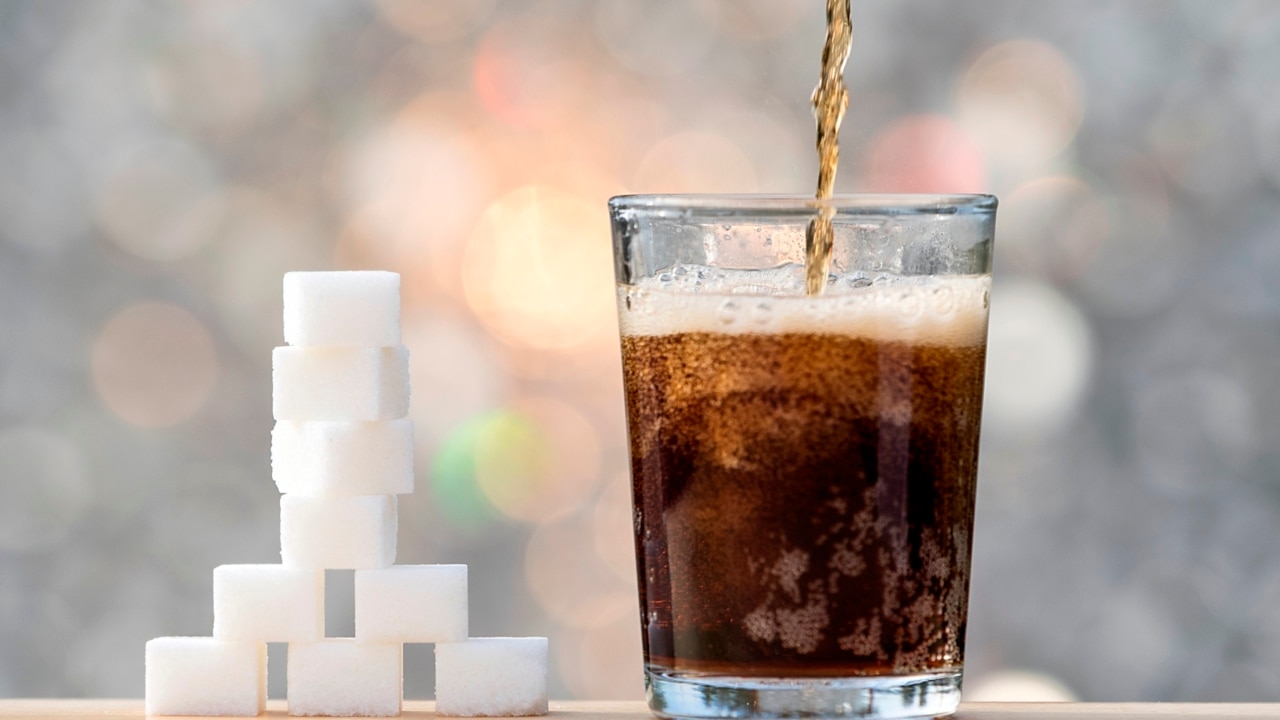Health of Queenslanders report: The crisis that shows no sign of waning
The health of Queenslanders continues to improve and we are living longer — but there’s one area in crisis, affecting two in three adults and one in three kids. And it’s costing us — big time.

QUEENSLAND’S obesity crisis shows no signs of waning as new data reveals that close to 70 per cent of the population in some regional areas are either obese or overweight.
Two in three adults are obese as well as one in three kids and it’s costing the state more than $11 billion a year.
DOCTORS START WEIGHING PATIENTS
OBESITY TOPS LIST OF CHRONIC HEALTH ISSUES
KIDS HEAVIER, LESS ACTIVE THAN BEFORE
Sixty-eight per cent of the populations in the state’s central west, northwest, southwest and Wide Bay area are either overweight or obese.

The state average is 59 per cent — the Gold Coast is the only region below the average with 53 per cent of their residents overweight or obese.
While people are living longer due to quitting smoking, laying off the booze and vaccinating their kids, the Health of Queenslanders 2018 report shows Queensland Health is failing to make inroads in the obesity crisis. We also still have the highest rates of melanoma in the country.
Health Minister Steven Miles said the report showed Queenslanders were now less likely to die early from preventable diseases.

“This year’s report shows some significant achievements for prevention, including further reduction in the rate of smoking, which has now fallen to 11 per cent,” he said.
The report found young men aged 18-26 years who consume alcohol at risky levels decreased by 31 per cent.
However the prevalence of older men, aged 65 and over, drinking excessively rose by 32 per cent.

Chief Health Officer Dr Jeanette Young said looking back over the last ten years showed the health of Queenslanders continued to improve.
She said although obesity rates had levelled off it was disappointing they had not declined.
“The report shows that change is occurring … we are becoming more informed and empowered to reduce our health risks and our state is becoming a healthier place to live,” she said.

“While it’s great to see some very positive changes, we know there is still more work to do, particularly to address preventable diseases and the health gap between aboriginal and Torres Strait Islanders and others.”
The average Queensland child is accumulating about 11 hours a week in physical activity and adults have become increasingly active over the past decade with 60 per cent meeting the guidelines for physical activity in 2018.

Shockingly only 0.6 per cent of Queensland children and 4 per cent of Queensland adults met the recommendation for daily vegetable consumption.
Dr Young said Queensland had good access to fresh fruits and vegetables and there was no need for us to be consuming so much processed food.
Almost half of Queensland kids are eating sweet or salty snacks and confectionery every day.
AMA Queensland president Dr Dilip Dhupelia was not available for comment yesterday but has previously said that obesity is Queensland’s biggest public health issue.
He was critical of the State Government for failing to deliver on the promise it made a year ago to create a Healthy Futures Commission to develop innovative, fresh tactics to reduce our collective waistline.
Health snapshot:
- For 18-29 year-olds, 23 per cent were obese and a further 17 per cent overweight
- Immunisation rates are high and reaching the target of 95 per cent
- Queensland’s melanoma rates are the highest in the country and 11 times the global average
- Only 56 per cent of women in the target age range participate in the BreastScreen program
- 14 per cent of Queenslanders aged 14 years and older used an illicit drug in the past 12 months
- Almost half of kids aged between five and six have tooth decay
- Gestational diabetes was present in 11.5 per cent of pregnant women


